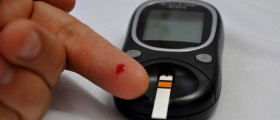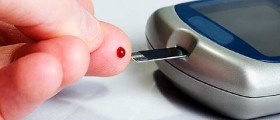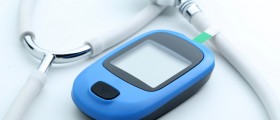
Type 2 diabetes is usually called the adult-onset diabetes, while type 1 diabetes is called juvenile diabetes. Nevertheless, type 2 diabetes may occur also in children. In the human body carbohydrates are broken down into glucose, which is the main source of the energy for the body. The pancreas is the organ in the human body that manufactures the hormone insulin, which has the role to lead glucose from the blood vessels into the body’s cells. When the cells become resistant to insulin and glucose, the level of the blood sugar increases and causes the occurrence of diabetes type 2, which must be controlled in order to avoid complications that may arise from it, such as blindness, heart disease and kidney failure.
Risk factors for type 2 diabetes in children
The children who are obese and have problems with overweight are more susceptible to the development of type 2 diabetes. Furthermore, this condition may be inherited and females are more affected than males. Those children who are physically inactive, as well as those who consume poor and unhealthy diet, are also at greater risk to develop type 2 diabetes.
Symptoms of type 2 diabetes in children
The symptoms of this disease typically appear over time. In the early stages, there are hardy any symptoms, but when they appear, the most common are increased appetite despite the unexplained loss of the body weigh, increased thirst and frequent urination. Moreover, the children who suffer from diabetes type 2 may also experience dry mouth, blurred vision, difficulty while breathing and tiredness, but itchy skin and slow healing of sores and cuts are also some of the symptoms of this condition in children.
A doctor should be consulted if any of these symptoms are detected. Otherwise, there are certain serious conditions that may be caused by untreated type 2 diabetes. Besides kidney failure and blindness, type 2 diabetes may also induce damage of nerves and blood circulation, as well as early death from the complications.
Treatment for type 2 diabetes in children
When the parent takes the child to see a doctor, the doctor first establishes the weight of the child. Then the blood is taken in order to do the blood test, which will show if the child has diabetes or prediabetes. After that, a good plan should be made in order to decrease the level of glucose in the blood. The child can do that with a proper diet, regular physical exercises and with proper medications.

















Your thoughts on this
Loading...